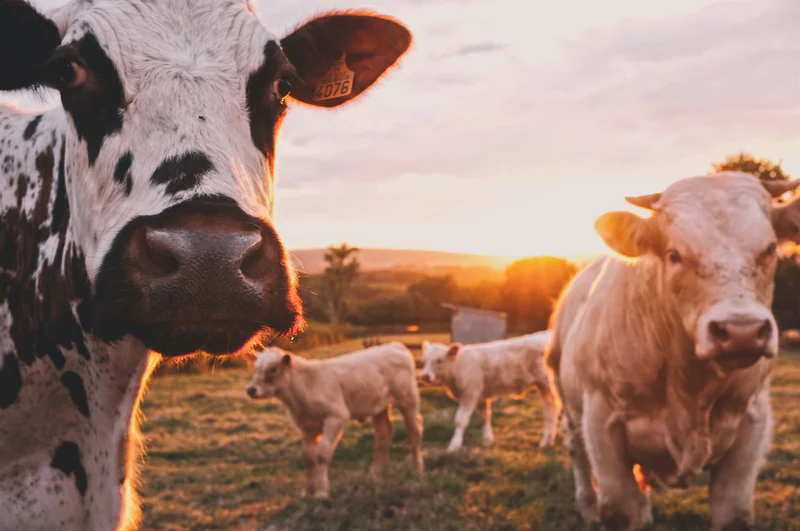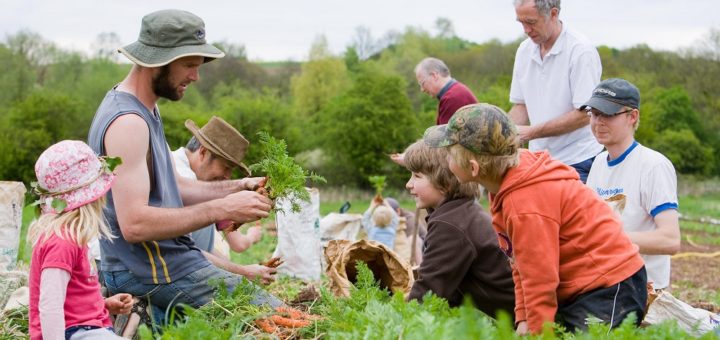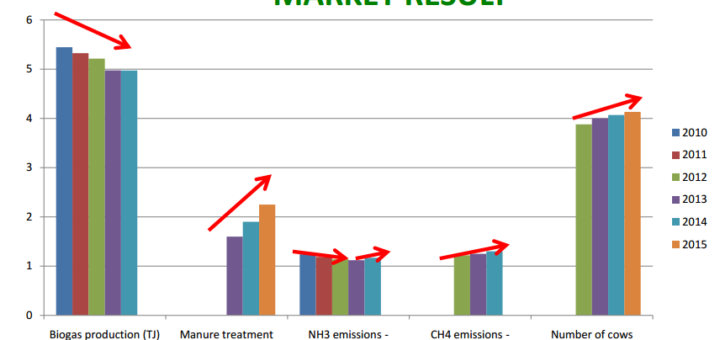WATERAGRI aims to address critical challenges in agricultural water and nutrient management by developing scalable, farm-level solutions. The project focuses on improving water retention in soils and streams while optimizing […]
From 'Farm to Fork': a fair, healthy and environmentally friendly food system
PREPSOIL focuses on restoring ecosystem services such as climate mitigation, water infiltration, and food production by addressing key challenges like desertification, carbon loss, erosion, and nutrient pollution. Central to its […]
Many European countries has committed to reducing greenhouse gas emissions by 80-95% in 2050, relative to 1990 emission levels as part of the Paris Agreement which set an international ambition to combat climate change. Agriculture contributed 13% of the Netherlands’ total greenhouse gas emissions in 2016 from various soruces. Within the livestock sector, GHG emission reductions will need to be viable from an economic perspective but also meet social and environmental standards.
Comparing the observed transition pathways in the agro-food domain in the Netherlands and Hungary investigates niche innovations from both countries and provides insight into the potential ways toward a sustainable and low carbon society. Differences and similarities between the countries can be explained by the following: societal issues, export vs. import, the government environment, the focus of policy, government involvement, and geographical context. Innovation is the best chance for direct progress to reduce the pressure.
Integrated Manure Management (IMM) is a transition pathway in the livestock sector used as a case study in this report. It is an alternative to reducing livestock (RL) numbers and both can be scored in terms of their contribution to meeting environmental targets. With a better understanding of the side-effects of alternative pathways, it will be easier to develop a more robust and integrated policy framework for low-carbon transitions in the livestock sector.



